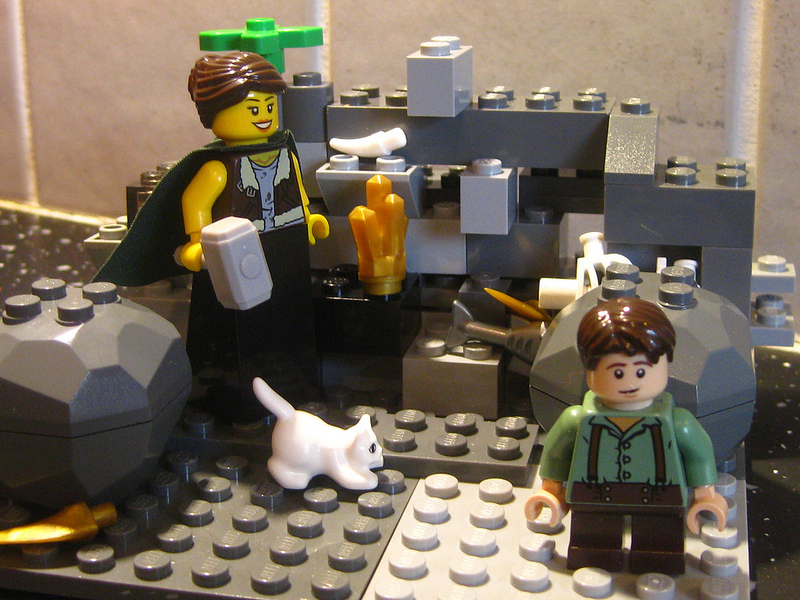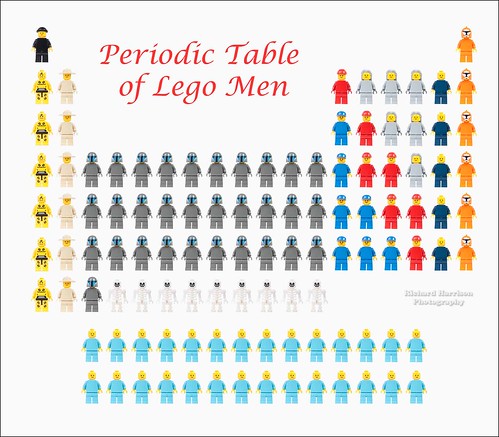This weekend was the
Brickish Weekend at the National Space Centre in the UK. Members of the
Brickish Association and other AFOLs displayed space-themed MOCs, and members of the public could help assemble a couple of large creations, I think both designed by
Bright-Bricks.
Bienvenue sur la lune, Mr. Armstrong was a large mosaic featuring
Tintin. In the early 1950's Tintin traveled to the moon in a series of comics. A decade and a half later, after the Apollo 11 mission, Hergé, the creator of Tintin, drew this cartoon as a gift to Neil Armstrong. The other model created during the event was a large
V2 Rocket. The V2 was developed by the Germans during World War II as a ballistic missile. They launched over 3000 of these at London and other Allied targets. After the war, the US, UK and USSR captured both rockets and scientists, using them to develop their own weapons. The V2 rocket design and many of the German scientists that worked on it became part of the NASA program, and ultimately led to the Saturn V rocket. Fittingly, to bring this all together, the rocket that brought Tintin to the moon in the comics was also visually based on the V2 rocket, in a red and white color scheme.











